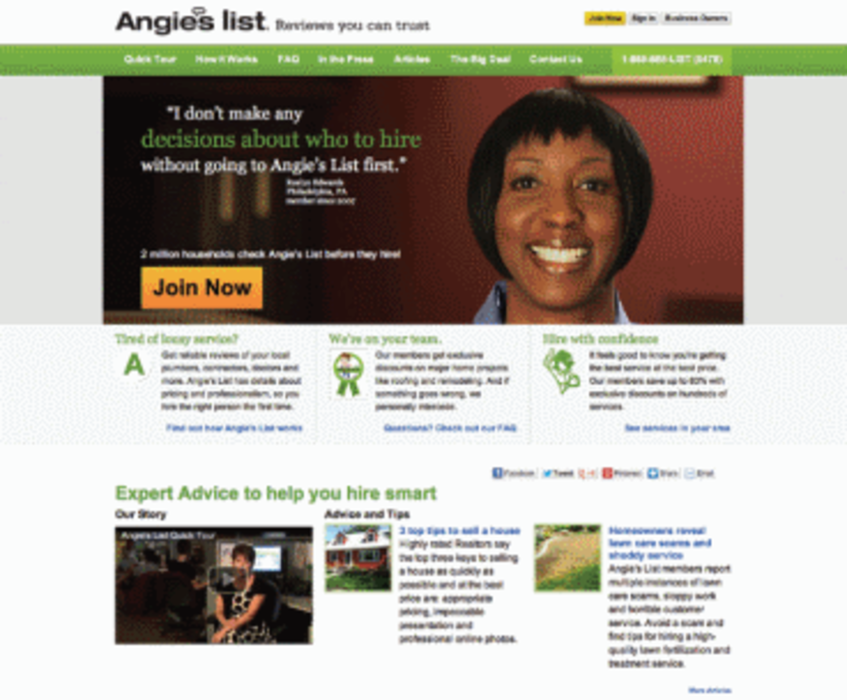There’s no denying that marketers have a lot to say, but they’re not always the ones consumers want to hear from.
According to digital marketing research firm Econsultancy, 61% of shoppers read online reviews before deciding to purchase. While acne treatment Proactiv Solution doesn’t currently use a standard rating system, the brand combines celebrity, customer, and dermatologist testimonials to create a “one-voice strategy,” says Julie Bauer, SVP of digital, marketing, and global commerce for Proactiv product developer Guthy-Renker.
These aggregated reviews primarily serve an educational purpose and have a specific role within the typical customer path-to-purchase. While consumers generally research health and beauty products 10 times before making a purchase, Bauer says, those same consumers research Proactiv’s products 42 times. Viewing a TV spot or conducting product search often leads to a site visit, where much of this research takes place. For example, Bauer notes that the “About Proactiv” page generates 14% of the website’s clicks. She adds that consumers will then attempt to validate their self-diagnosis by reading reviews posted on the brand’s social media pages, watching testimonials on the brand’s YouTube channel, and viewing customers’ submitted stories. She notes the testimonials account for 3 to 4% of the brand’s website clicks.
Reviews as business driver
Although the brand solicits product feedback via Facebook—such as by asking consumers to comment, like a product, or upload a testimonial video—Proactiv doesn’t incentivize consumers to write reviews on the actual website for fear of disrupting the purchase flow. In fact, Bauer says Facebook is the most “powerful” place for reviews, because it is an environment where consumers are used to having conversations and where reviewers’ friends can read each other’s comments.
“Ratings and reviews in themselves are kind of static when you just read a quote,” she says. “If you take a more sophisticated approach, ratings and reviews can be people posting back and forth about the product.”
Besides providing a gateway for B2C conversations, Cheryl Reed, director of communications for local business review–provider Angie’s List, says reviews give companies the opportunity to gauge customer satisfaction, as well as to rectify or explain a negative experience. For instance, Angie’s List prohibits anonymous reviews so that if a customer posts a negative review about a business, that business is notified and has the opportunity to respond. Reed says this allows review readers to hear both sides of the story and permits businesses to try to amend the situation or detect a fake review possibly posted by a competitor.
“We look at bad reviews as an opportunity—not necessarily the worst thing in the world that can happen,” Reed says. “Online reviews give companies, for the very first time, the opportunity to actually be part of the conversation, where before it was at a cocktail party where people were talking about their contractor or their doctor.”
And positive chatter can generate new business. Meagen Eisenberg, VP of demand generation for electronic signature transaction manager DocuSign, says customer reviews posted on LinkedIn, online communities, and open third-party review sites provide potential customers with free public information that can help them make better purchasing decisions, and ultimately, to become DocuSign customers.








